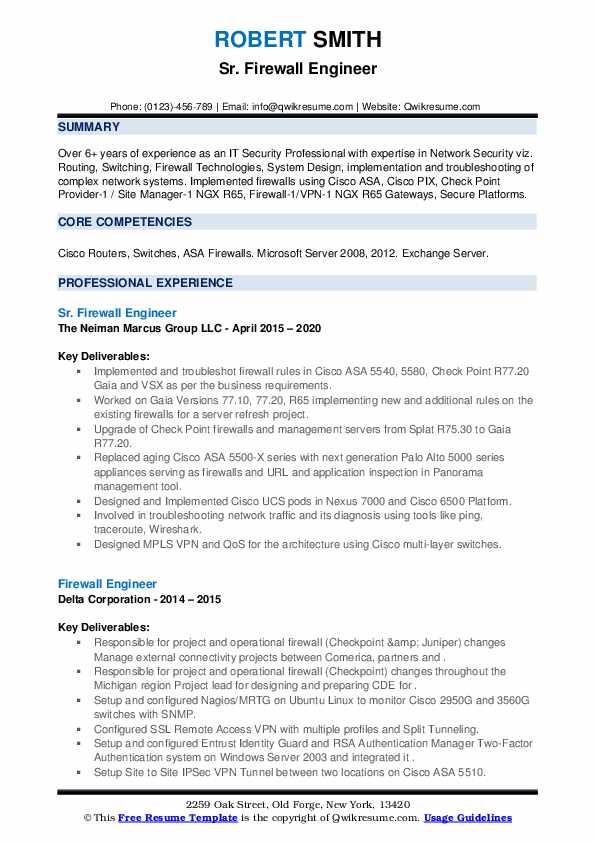
Revolving phase effect to FoV overlapping and its application to primary SPSSĬarrasco, J.M., Jordi, C., Lopez-Marti, B., et al.ĭata Reduction Protocol for Ground Based Observation of Spectrophotometric Standard Stars. et al.Ĭomparison of two Gaia sphere solutions using orthonormal bases on the sphereīucciarelli, B., Abbas, U., Vecchiato, A. Gaia astrometric, photometric, and radial-velocity performance assessment methodologies to be used by the industrial system-level teamsĭe Bruijne, Jos, Perryman, M., Lindegren, L., et al.ĭe Bruijne, Jos, Lindegren, L., Svensson, O. Space-Time Structure Explorer: Sub-microarcsecond astrometry for the 2030s Sparseness structure of the Gaia least-square problem and the (non-)feasibility of a direct methodīrown, A., Arenou, F., Hambly, N., et al. The maximum reachable astrometric precision: The Cramer-Rao limit Source Identifiers - Assignment and Usage throughout DPAC Report on GBOT's activities during OR3 - Procedural course of events and an analysis of the obtained datasetĪ procedure to calibrate algorithms for estimating parameters from spectra et al.ĭocumentation of the Gaia Ecliptic Pole Catalogue (GEPC) Absolute photometryĪltavilla, G., Galleti, S., Marinoni, S., Pancino, E., Sanna, N., Bellazzini, M., Rainer, M.Īssessment of the influence of sources of error on the total error budget of GBOT observationsĪltmann, M., Bouquillon, S., Taris, F. Second Order Contamination and Polarization EffectsĪltavilla, G., Ragaini, S., Pancino, E., et al.ĭata analysis results of external SPSS. Instrument Familiarization Plan for ground based observations of SPSS. CCD Shutter Characterization and Linearity EvaluationĪltavilla, G., Pancino, E., Marinoni, S., et al. An abstract and BibTeX entry can be found under "Details"

#GAIA PROJECT RULES PDS CODE#
Click on the document code to open the file They are intended on giving some more context and insight specifically needed for understanding the published articles. Making these documents public was mainly driven by DPAC articles published in refereed journals explaining the Gaia data processing and Gaia data products. They may contain specific jargon or references to internal documents. Please be aware that these documents were written for internal use within Gaia and DPAC, and are therefore not targeting a broader audience. These are documents of the Gaia Data Processing and Analysis Consortium (DPAC) which are made available to the public. Gaia Science Implementation Requirements Document (also referred to as Gaia SIRD) Gaia Mission Requirements Document (also referred to as Gaia MRD) I also realized French translation is very, very bad.Some general Gaia Mission documents are available for further reading here: Or if anyone has a better reference/tutorial than the initial rulebook, may be with an included FAQ or something ?ĮDIT: So I tried again with this website as suggested down below. So I was just wondering if I was alone in that pit, or if I somehow missed something after so many readings. and well, despite multiple reading of the solo book. I guess I should have started with the Taklons first as recommended, but I wanted to see the "full thing" in action. I also had a very hard time understanding how the faction action works exactly. I feel like there are so many missing details in the rules, and I went "I guess I'll do it this way" so many times I'm still not sure if I actually won the game or not.

The way the automa deck works is pretty clever, but there seems to be SO MANY "grey" zones.

So I'm familiar with the game and I love it.Īnd the only word I have for it was "underwhelming". Note that I played this a handful of times multiplayer.

Yesterday, I went in and setup Gaia Project for my first solo play. Had to share and was curious to have other opinions.


 0 kommentar(er)
0 kommentar(er)
